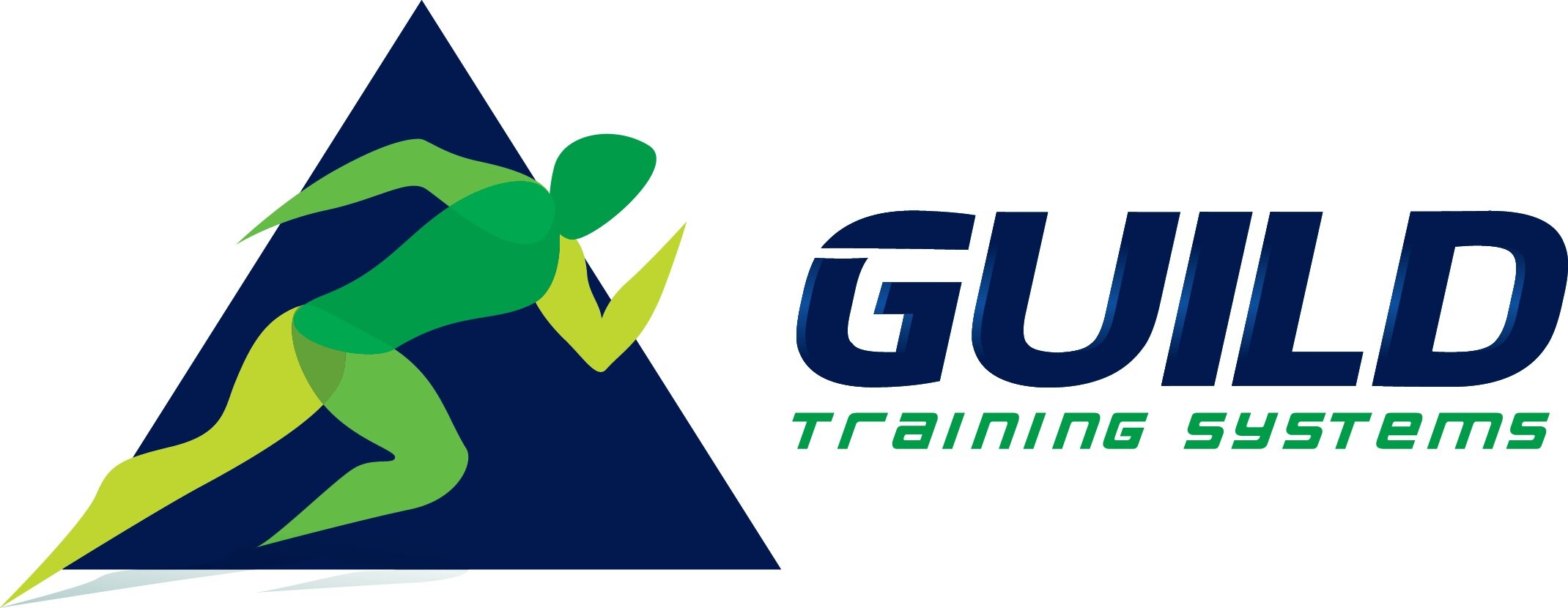Follow Up
Back by popular demand, the following is a continuation of my recent article Obsolete Coaching Cues.
Athletes learn movement in a variety of ways. Some are visual, where they can take one look at a video and simulate the exercise without issue. Others are kinesthetic, they need to feel the right position or have the environment force them into better positions. Some athletes are auditory, where they can listen to a verbal cue (preferably not one from my previous writing) and make an exercise adjustment.
Understanding the way that athletes learn will help determine proper coaching and cueing. The following will provide one auditory, one kinesthetic/external and one visual cue that can be used in replacement of the obsolete coaching cues. Keep in mind, no cue is right for every athlete! Blanket coaching and cueing is the result of lazy coaching. Use these options to start the conversation when determining what is the best cue for the athlete (or yourself).
“Keep your weight in your heels”
This cue is generally to reduce shear at the knee and improve posterior chain activity during lower body exercises. Below are a few options to achieve a posterior weight shift or reducing shear and anterior translation of the knee joint with a struggling athlete.
Auditory: “Grab the ground with your feet”
Kinesthetic/External: Squat w/ Plate Bridge
Visual: Demonstrate Strong Foot or Take a Video Athlete’s Foot/Ankle Complex
“Head Up”
This cue is generally used in the event of an athlete “caving forward” with their torso during lower body exercises. While an athlete may be incapable of achieving optimal spinal position and may need a new exercise, below are a few options to try and create better neck position without driving excessive cervical extension or poor ribcage/pelvis alignment.
Auditory: “Make a Double Chin”
Kinesthetic/External: Back To Wall Cervical Flexion
Visual: Take A Video (Lateral View) and Show The Athlete
“Chest Up”
This cue is generally in line with the “head up” cue, as it is generally in response to a torso falling forward. Theoretically, we could use similar cues then but in the interest of options, here are three more to try when prioritizing an upright torso without sacrificing neck position.
Auditory: “Make sure I can read your shirt”
Kinesthetic/External: Banded Trap Bar Deadlift
Visual: Show Athlete Lateral View on Video and Trace Line
“Pinch Your Shoulder Blades Together”
This cue is used in response to someone sitting in a kyphotic position who struggles to create retraction, downward rotation, depression and posterior tilt. The problem is that this cue is also a blanket cue to create a “flat back” while doing rowing or pressing exercises. At the end of the day, the goal is proper scapular movement on the ribcage, which means the scapula has to work together with the glenohumeral joint to create congruence and smooth movement. Below are a few cues to help an athlete produce scapular movement.
Auditory: “Let your scapula drive the movement”
*This cue isn’t my favorite… when it comes to creating good rhythm between the scapula and glenohumeral joint, auditory cues just don’t work consistently.
Kinesthetic/External: Scapular Controlled Articular Rotations
Visual: Shirt Off Rowing w/ Video
“Breathe”
Breathing is pivotal to good movement and good breathing is pivotal to great movement. Many folks struggle with a certain aspect of breathing. With someone who is “caught” on an inhale, cueing a full exhale can help improve movement quality. In contrast, someone who is constantly exhaling aggressively can often benefit from taking a full inhale prior to exertion. As always, the cue needs to fit the athlete.
Auditory: “Exhale All The Air Out” or “Breathe In and Expand In 360 Degrees”
Kinesthetic/External: Loose Belt Breathing
Visual: Video of Expansion or Compression of Rib Cage/Abdomen
While these options are not all-encompassing, I hope that they start the conversation when discussing the best ways to promote improving exercises. The cue needs to fit the athlete!
